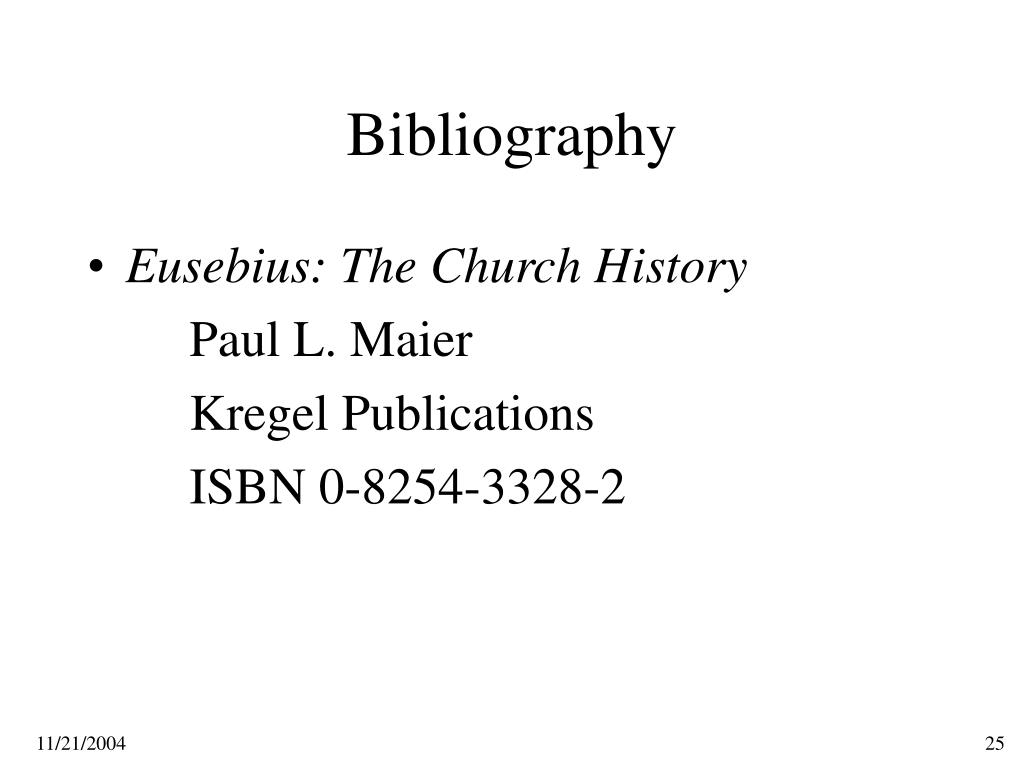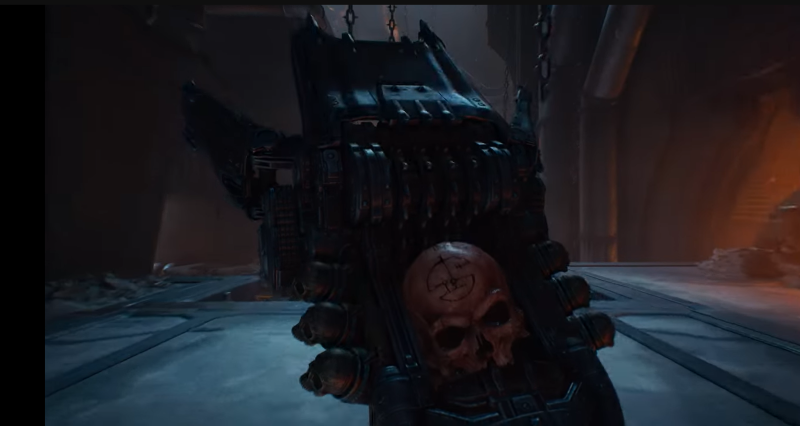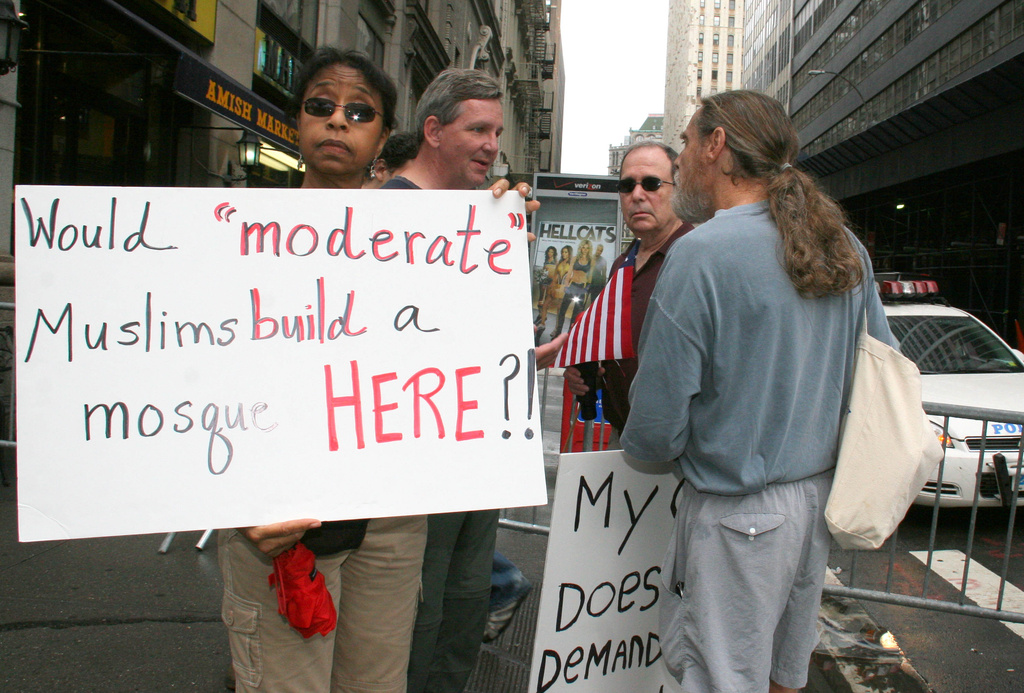The Da Vinci Code: Fact Vs. Fiction In Dan Brown's Bestseller

Table of Contents
Historical Figures and Events: Fact vs. Fiction
The Da Vinci Code weaves a complex narrative around several historical figures and events, prompting us to examine the accuracy of Brown's portrayals.
The Priory of Sion: Myth or Reality?
The Priory of Sion, a central element of the novel’s plot, is presented as a secretive society safeguarding a centuries-old secret about Jesus Christ and Mary Magdalene. However, the historical existence and power attributed to the Priory in The Da Vinci Code are largely fictional.
- Historical Evidence: While a real Priory of Sion existed, its historical origins and activities are far less dramatic than Brown depicts. The historical Priory was a relatively minor, short-lived organization, with no evidence linking it to the powerful, ancient lineage portrayed in the novel.
- Fictional vs. Real: Brown’s fictional Priory possesses immense influence and knowledge, controlling vast wealth and manipulating historical events for centuries. This bears little resemblance to the actual historical organization. The "secrets" attributed to the Priory – the supposed lineage of Jesus and Mary Magdalene, the location of the Holy Grail – are entirely fabricated within the context of the novel's narrative.
Jesus Christ and Mary Magdalene: A Controversial Claim
The Da Vinci Code controversially portrays Jesus and Mary Magdalene as married and having descendants. This assertion directly contradicts traditional Christian doctrine.
- Historical Evidence: There is no credible historical evidence supporting the claim of a marriage between Jesus and Mary Magdalene. The interpretations of biblical texts used to support this theory are highly selective and often disputed by biblical scholars.
- Theological and Historical Context: The debate surrounding Jesus's marital status is complex and involves interpretations of religious texts and historical context. Brown’s depiction is a radical reimagining of established religious narratives.
The Holy Grail: Beyond the Legend
The Holy Grail, a central symbol in The Da Vinci Code, is presented not as a sacred chalice but as a metaphor – Mary Magdalene herself, or her bloodline. This interpretation deviates considerably from traditional understandings of the Grail.
- Fictional Grail vs. Historical Representations: The Grail's depiction in The Da Vinci Code stands in contrast to its diverse representations throughout history, from the chalice used by Jesus at the Last Supper to Arthurian legends of magical cups and vessels.
- Symbolism and Evolving Meanings: The Holy Grail's symbolism has evolved over centuries, representing various spiritual and mystical concepts. Brown's use of the Grail as a metaphor for lineage and hidden knowledge offers a unique and controversial interpretation.
Artistic and Architectural Clues: Fact and Interpretation
The Da Vinci Code skillfully uses art and architecture to build suspense and advance its narrative. However, the interpretations of artistic symbols and historical locations are often highly subjective.
Leonardo da Vinci's Paintings: Deconstructing the Master
The novel uses da Vinci's paintings, like the Mona Lisa and The Last Supper, as visual clues in its intricate puzzle. Brown interprets symbols within these works to support his narrative, often pushing beyond accepted art historical interpretations.
- Specific Paintings and Historical Context: While the paintings themselves are genuine historical artifacts, Brown’s interpretations are highly speculative and often contradict established art historical scholarship. He utilizes known symbols in ways that are not supported by factual art historical analysis.
- Interpretations vs. Scholarship: Art historians offer different, and often contrasting, interpretations of the symbolism within da Vinci's works. Brown’s interpretations frequently deviate considerably from these accepted academic views.
The Locations in The Da Vinci Code: Real Places, Fictionalized Histories
The novel incorporates real-world locations, such as the Louvre Museum, Rosslyn Chapel, and the Château de Vaux-le-Vicomte, to enhance its intrigue. These locations hold historical significance, but their portrayal in The Da Vinci Code adds fictional layers to their real histories.
- Key Locations and Their Histories: These locations have rich and complex histories, many of which are unrelated to the narrative of The Da Vinci Code. The novel utilizes them strategically to create a sense of authenticity and place, but their depiction is highly fictionalized.
- Narrative Enhancement and Suspense: The use of these recognizable locations contributes significantly to the novel's storytelling. By intertwining real and fictional elements, the book creates a captivating and suspenseful narrative.
The Impact of The Da Vinci Code on Historical Interpretation and Public Perception
The Da Vinci Code, despite its historical inaccuracies, had a significant impact on public perception of history and art.
Increased Interest in History and Art: A Positive Outcome?
The novel undeniably sparked increased interest in art history, religious history, and the locations mentioned within its pages.
- Tourism Boost: Many locations featured in the book experienced a surge in tourism following its publication, demonstrating the novel's influence on popular culture and travel.
- Renewed Interest in Research: The controversy surrounding The Da Vinci Code prompted renewed interest in research and discussion about the historical figures and events mentioned, leading to further scholarship and public engagement.
Controversies and Criticisms: The Ethical Implications
The book's significant inaccuracies and controversial claims drew heavy criticism from religious groups and historians alike.
- Reactions from Religious Groups: Many religious groups criticized the novel for its misrepresentation of religious figures and doctrines. This criticism highlighted the ethical implications of presenting fiction as fact, especially concerning sensitive religious matters.
- Ethical Implications of Presenting Fiction as Fact: The novel blends fiction and fact in a way that can easily mislead readers who may not possess the historical context to differentiate between the two. This blurred line between truth and fiction raises important ethical considerations.
Conclusion
The Da Vinci Code masterfully blends historical facts with fictional narratives, creating a compelling but controversial story. While it sparked public interest in art, history, and religious studies, it's crucial to remember the significant difference between Brown’s creative interpretations and established historical evidence. The novel provides a captivating narrative but should be enjoyed as a work of fiction, not a reliable historical account. Now that you have a clearer understanding of fact versus fiction in The Da Vinci Code, further your research by exploring the historical context of the novel’s key figures and locations. Unravel the mysteries yourself and delve deeper into the historical controversies sparked by Dan Brown's bestseller!

Featured Posts
-
 Elsbeth Season 2 Episode 15 Review Psychic Murder Missed Potential
May 13, 2025
Elsbeth Season 2 Episode 15 Review Psychic Murder Missed Potential
May 13, 2025 -
 Dodgers Eyeing Next Mlb Luxury Free Agent Report Details Plans
May 13, 2025
Dodgers Eyeing Next Mlb Luxury Free Agent Report Details Plans
May 13, 2025 -
 Doom The Dark Ages Early Access Release Dates And Times Across Regions
May 13, 2025
Doom The Dark Ages Early Access Release Dates And Times Across Regions
May 13, 2025 -
 Gov Abbotts Directive Texas Rangers Probe Plano Islamic Center Development Proposal
May 13, 2025
Gov Abbotts Directive Texas Rangers Probe Plano Islamic Center Development Proposal
May 13, 2025 -
 Mega City Mosque Responds To Police Probe Critics
May 13, 2025
Mega City Mosque Responds To Police Probe Critics
May 13, 2025
